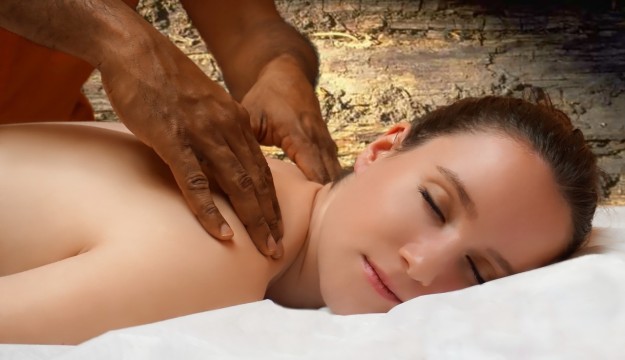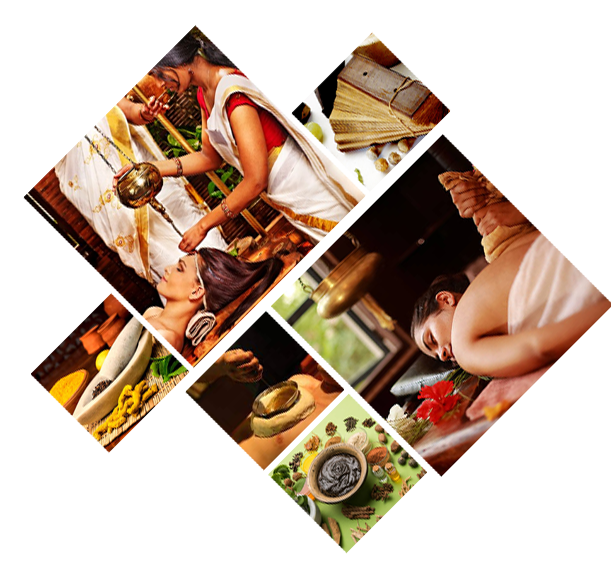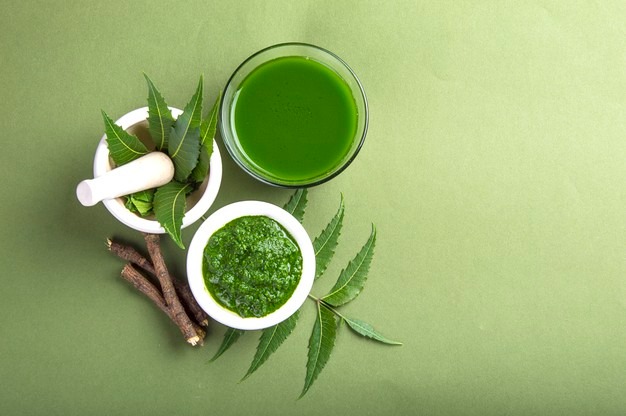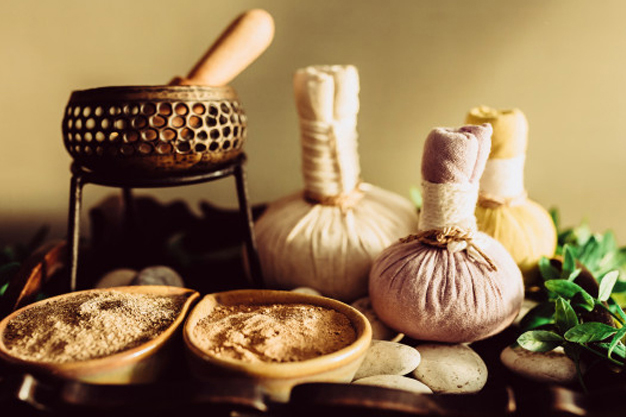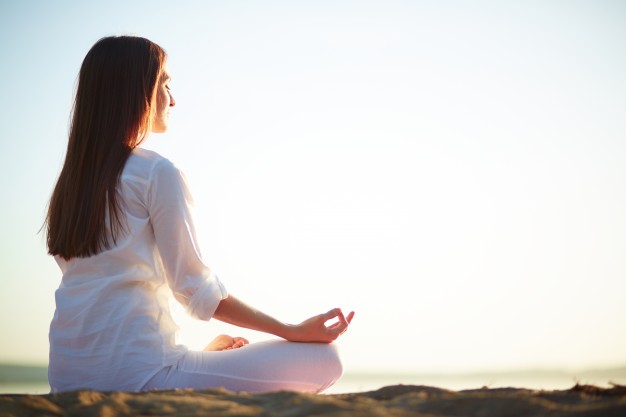Bachelor in Ayurvedic Medicine and Surgery (B.A.M.S.) is the Ayurvedic medicine and surgery
graduation degree. It entails a five-and-a-half-year intensive study of Ayurvedic and Western
medical concepts, such as anatomy, physiology, pathology, clinical methodology, and diagnostic
techniques, among other subjects.
Ayurveda Therapist
Diploma in Ayurveda, Panchakarma and Nursing. Under the guidance of
Vaidya, an Ayurveda therapist is trained to guide individuals through a variety of Ayurvedic
treatments in an effort to achieve optimal health. Such treatments may include dietary
management, beauty treatments, stress management, eye care and massage therapy.
Diagnosis in Ayurveda
Ayurveda is a science founded on fundamental scientific concepts that
is very rational. The science of Ayurveda believes in comprehensive investigation to determine
the root cause of the patient's illness. Suppression of the condition, according to Ayurveda, is
not the only way to treat an illness. Only after the underlying cause of the illness is removed
and the body begins to function normally, will one be considered to have recovered from the
disease. As a result, rather than looking for ways to suppress symptoms, Ayurveda focuses on
determining the causes of the underlying symptoms.
In Ayurveda, mandatory examination must be performed in order to determine the root cause of an
illness. The observation of a patient is referred to as ‘rogi pariksha’, or patient evaluation.
Any potential causative feature of the patient's ailment is investigated in the following stages
of this three-part procedure:
